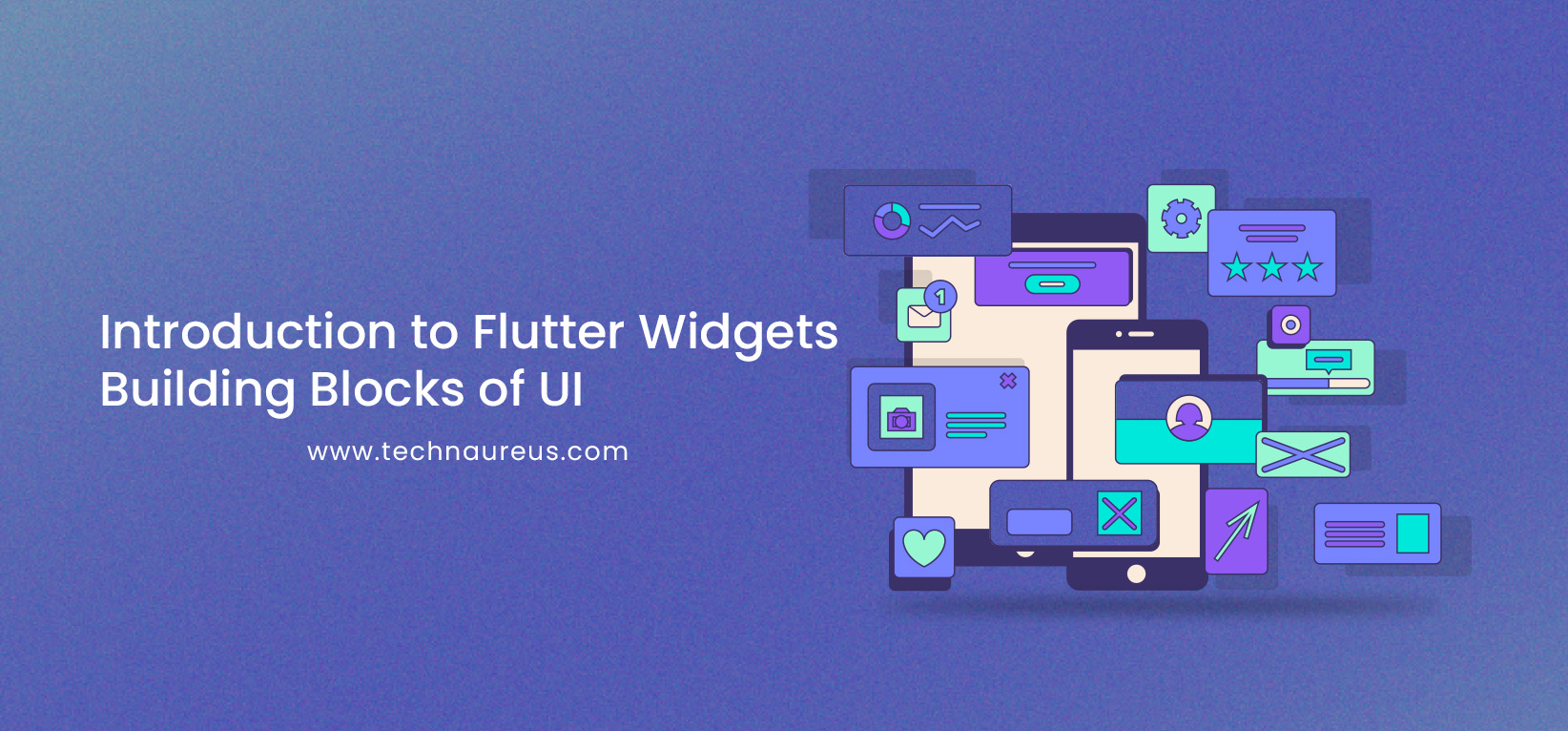Shahbaz BackerMarch 21, 2024
In the realm of Flutter development, widgets reign supreme as the fundamental building blocks of user interfaces. Whether you're crafting a simple button or designing a complex layout, understanding Flutter widgets is essential for creating intuitive and visually appealing mobile applications.
What Are Flutter Widgets?
In Flutter, everything is a widget. From structural elements like rows and columns to interactive components like buttons and text fields, each piece of your UI is represented by a widget. Widgets in Flutter are not just static components; they are dynamic and can change appearance, respond to user interactions, and update their state over time.
Stateless Widgets: The Immutable Foundations
Stateless widgets, as the name suggests, are immutable components that do not have internal state. They represent UI elements whose properties are set at the time of creation and remain constant throughout their lifespan. Stateless widgets are ideal for presenting static content that doesn't change based on user input or application state.
Examples of stateless widgets include Text, Icon, and Container. These widgets encapsulate specific visual elements without the need for managing state internally.
Stateful Widgets: Dynamic and Interactive
In contrast to stateless widgets, stateful widgets are dynamic components that can maintain internal state and update their appearance in response to changes. Stateful widgets are essential for building interactive UI elements, such as buttons, forms, and animations, that require tracking user input and application state.
The StatefulWidget class in Flutter serves as the foundation for creating stateful widgets. It consists of two separate classes: the StatefulWidget itself, which is immutable, and the State class, which manages the widget's mutable state.
Stateful widgets leverage the setState() method to notify the framework when their internal state changes, triggering a rebuild of the UI to reflect the updated state. This mechanism enables developers to create responsive and interactive user experiences in Flutter applications.
Conclusion
In summary, Flutter widgets serve as the fundamental building blocks of UI design, enabling developers to create dynamic and visually appealing mobile applications. Understanding the distinction between stateless and stateful widgets is crucial for effectively designing and implementing UI elements that respond to user interactions and application state changes.

0